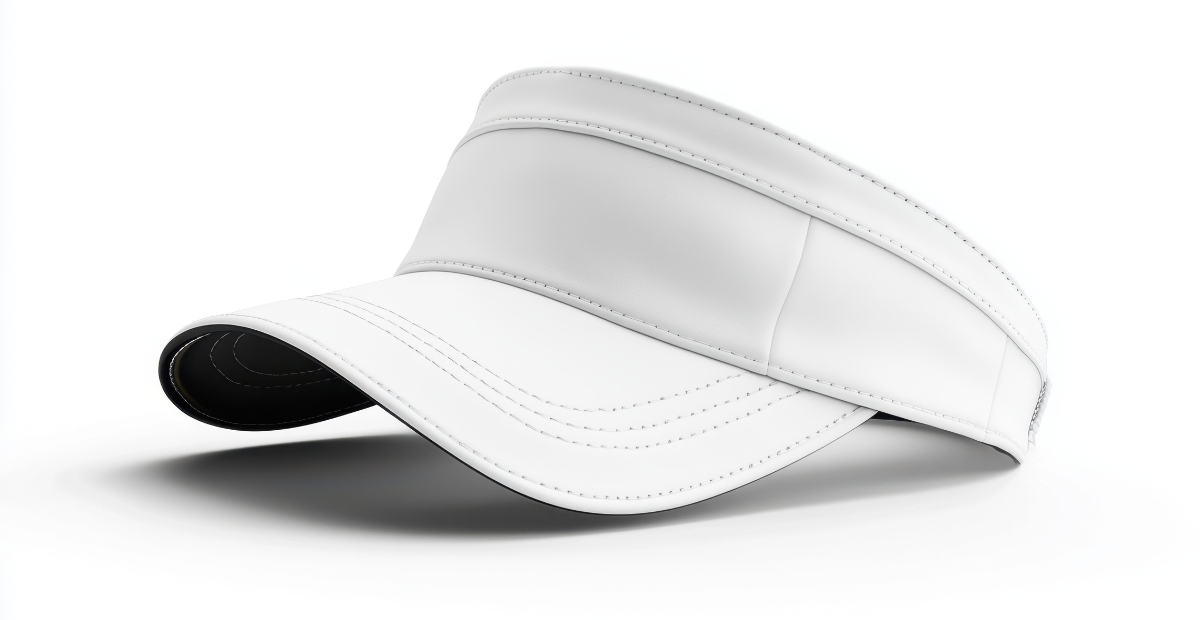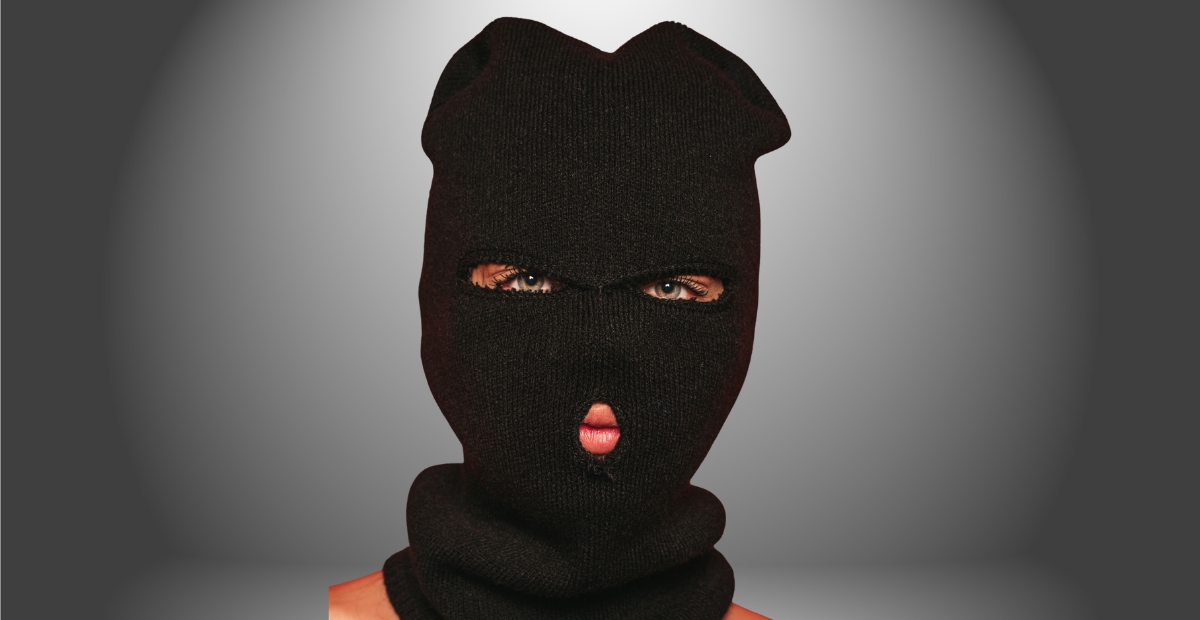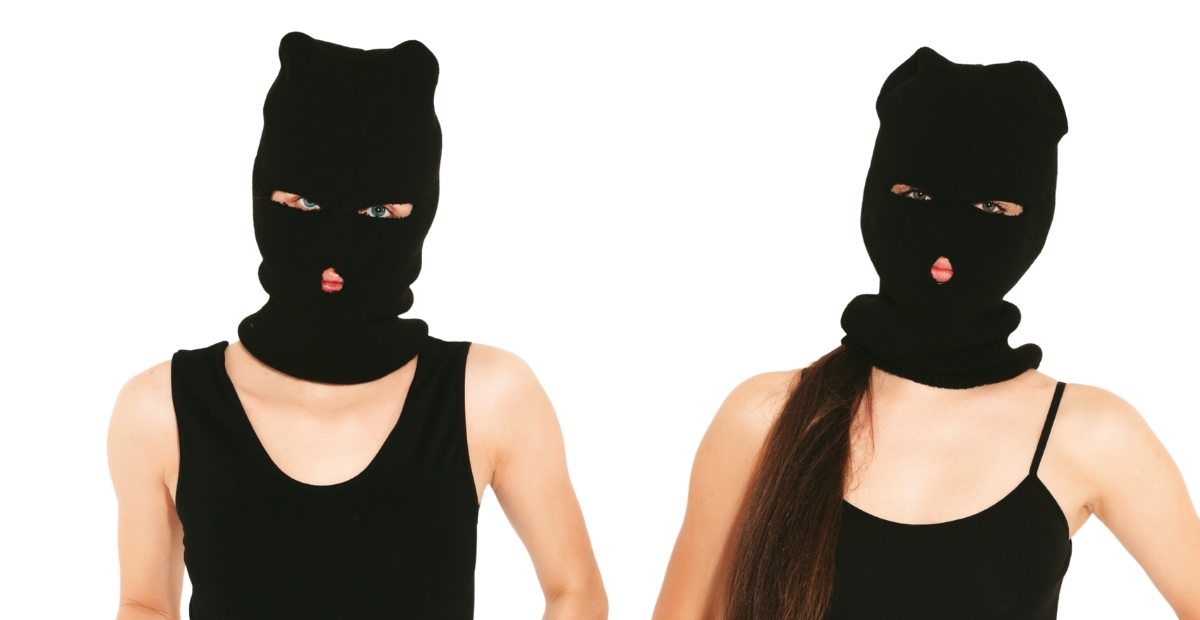While a balaclava is primarily known as an outdoor garment, it serves many purposes – it can also be a fashionable accessory. When you understand how to wrap a balaclava appropriately, you will improve your comfort and fashion sense simultaneously. We’ve prepared a comprehensive guide that details how you can style your balaclava for any occasion – from outdoor sports to casual wear, we’ve got you covered.
What is a Balaclava?
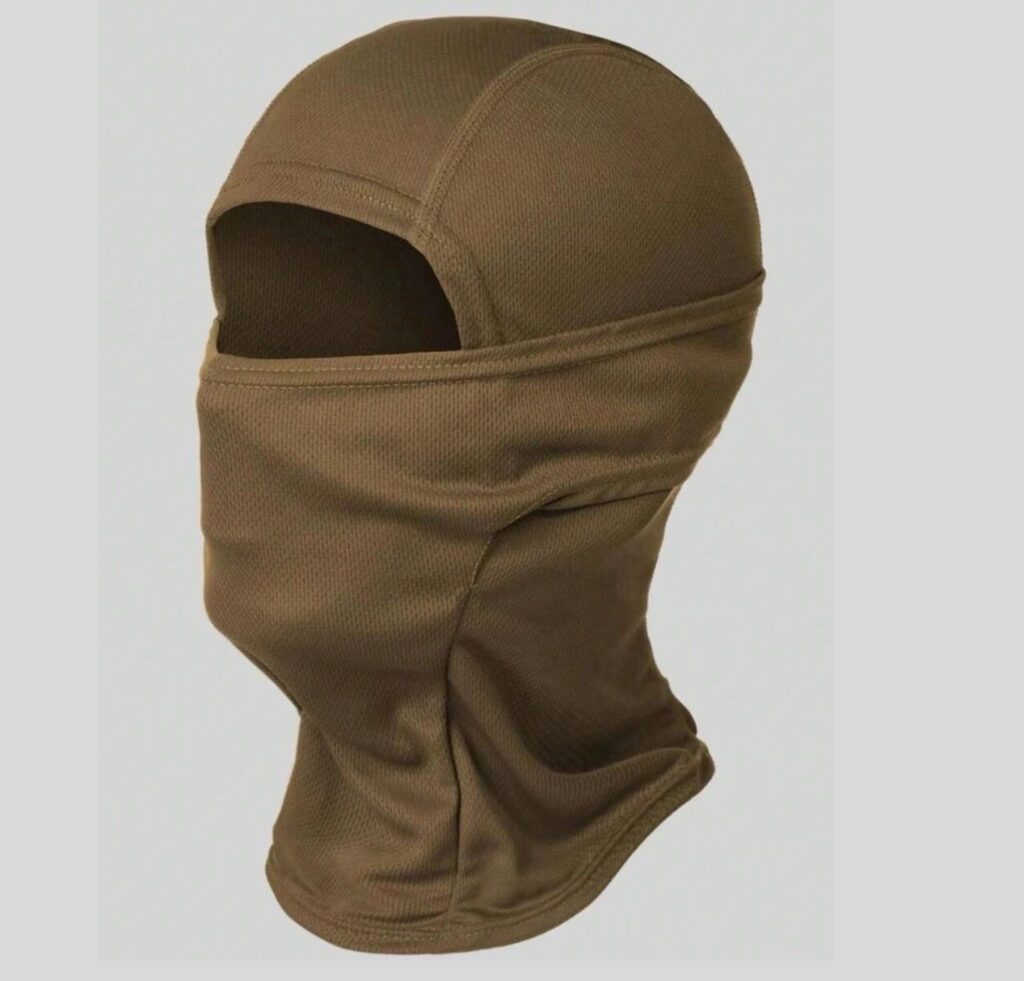
To understand the ultimate guide for wrapping a balaclava, we should first understand what a balaclava is. A balaclava is a headwear that is shaped to fit around the head closely, leaving only the eyes, nose and mouth exposed. It comes in materials like wool, fleece and some synthetic fabrics. Its design ensures it offers protection from cold while remaining comfortable and flexible.
Why is it Useful to Wrap a Balaclava?
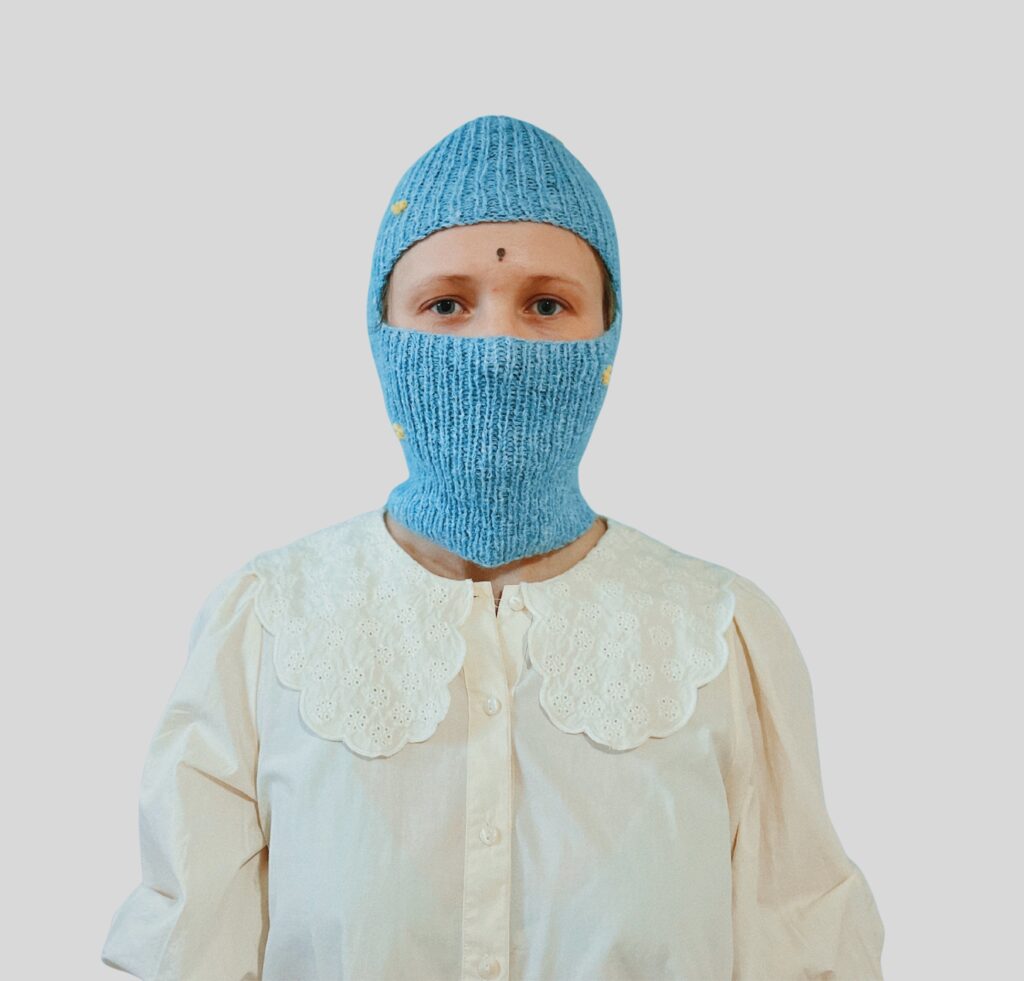
Understanding how to wrap a balaclava becomes crucial for multiple reasons. First, it keeps you warm and protected from the cold only when it is wrapped correctly. Second, it allows customization to fit personal aesthetics. Third, wrapping the balaclava properly can avoid discomfort of any form such as being too tight or slipping out of place.
Different Methods For Wrapping a Balaclava for Proctection
When it comes to wrapping a balaclava, different methods are able to address different tasks. Here are some popular techniques that ensure style and functionality for any occasion.
1. The Normal Full Head Wrap
The normal band full head wrap is the popular way of wearing a balaclava and to do this it is as simple as pulling the balaclava over your head so it covers your neck, face and head. The two eyeholes along with the nose hole should be placed at the mid part to mitigate warmth and protection.
How to Wrap a Balaclava for the Classic Look:
- Put the balaclava over your head.
- Pull the groin down until it fully covers the neck.
- Navigate the eyehole and the nose hole so that they are in alignment with the face.
This approach works well for outdoor pursuits such as skiing, snowboarding, and hiking. The warmth and weather protection offered by full coverage is optimal.
2. The Half Face Wrap
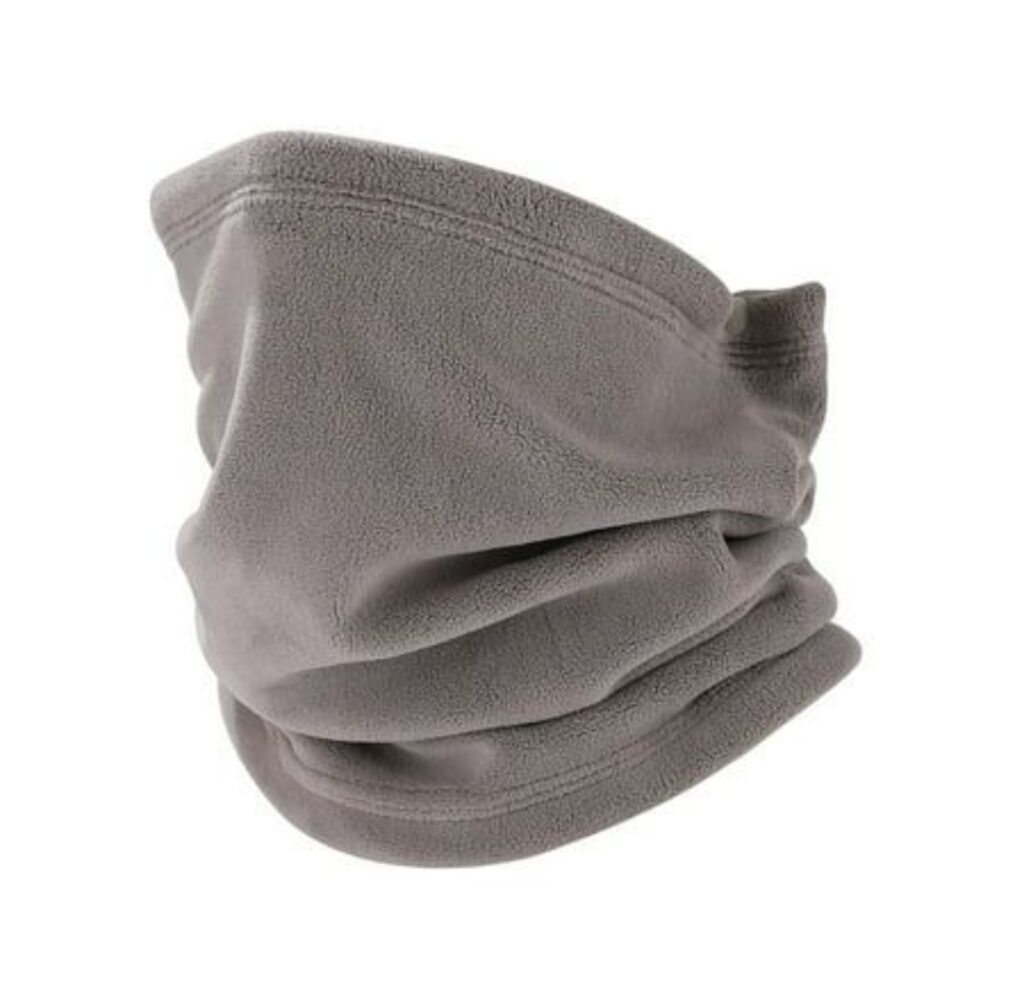
If you’d like something a bit more breathable, the half face wrap is a good option. This style leaves a portion of the face uncovered while protecting the neck and meeting the wearer’s warmth needs. It is ideal for those looking for some coverage, but not complete coverage.
Steps For Wrapping a Balaclava for Half-Face Protection:
- Put on the balaclava the same way you would for the full head wrap.
- Cover the face and adjust the fabric to expose the nose and mouth.
- The neck area must be covered to retain warmth.
Mid Range Temperature Style
This is ideal for those brisk days when you want to feel warm, but don’t want to cover your entire face.
3. The Ninja Wrap
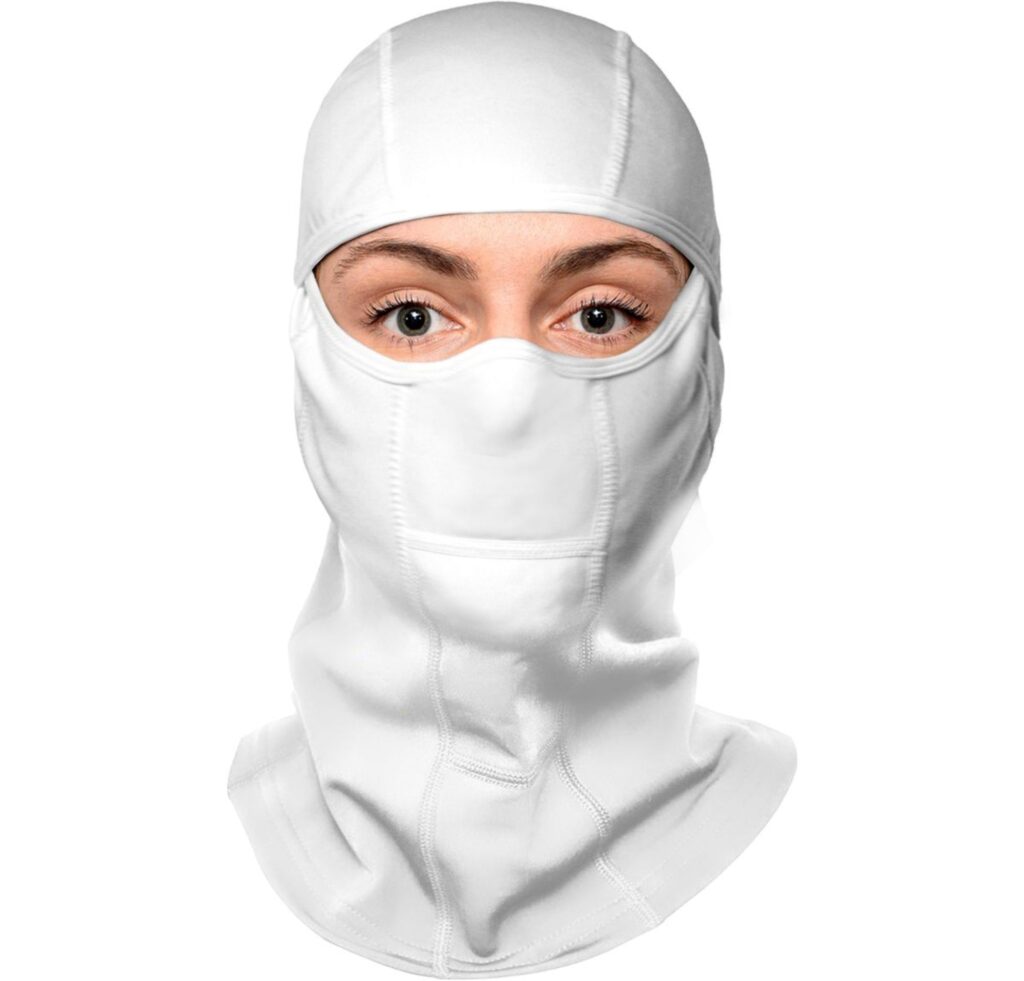
The ninja wrap is quite popular for people who would like complete face coverage. It suits a person looking to be shielded from both the harsh cold and the sun. The method also gives an edgy stealthy style, making it a favorite for many.
How to Wrap a Balaclava in Ninja Style:
- Worn the balaclava, lowering itogotowards the head.
- Position the garment the way that just your eyes are visible.
- Ensure the neck area is adjusted to fit the body snugly.
This design is ideal for regions where protection is needed for the face.
4. The Open Face Wrap
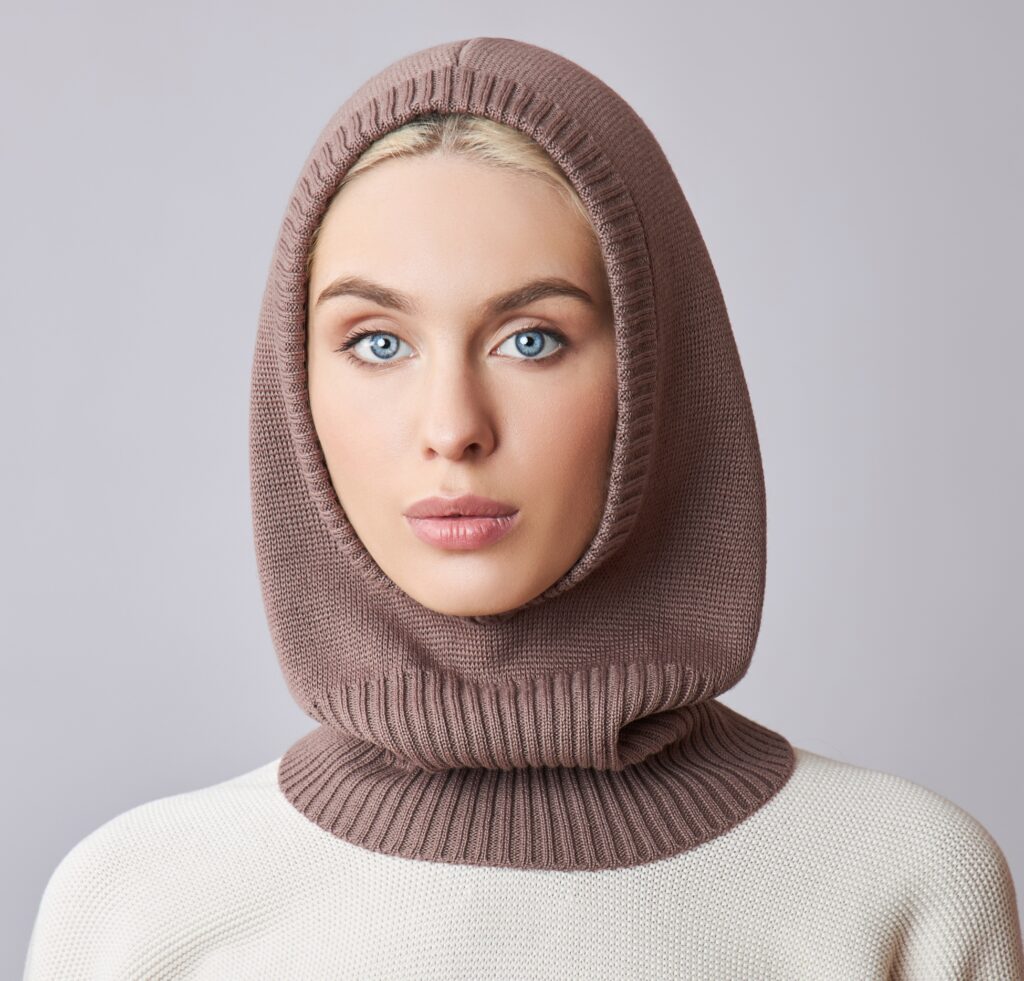
If you desire to maintain style and practicality, the open face wrap is possibly the best option available out there for you. In this design, the balaclava hood is worn on the head and neck with the face completely undraped. This wrap is great for activities that require a high level of comfort and sight like cycling.
Steps to Wrap the Balaclava This Way:
- Wear the balaclava on the head.
- Draw it down to the neck area.
- Do not cover the face at any point.
This approach strikes the ideal compromise of warmth for the head while allowing for adequate airflow to the face.
Choosing the Right Material for Your Balaclava
When learning how to wrap a balaclava, one of the most critical aspects is selecting the optimal material. Different materials serve different purposes. Here are some of the most common options:
1. Wool
It is a generally known that wool is one of the most commonly used materials due to it being warm, wicking moisture, and sustaining cold weather activities. While wrapping a wool balaclava you can rest assured of its insulation properties and the fact that it will keep you warm even when the weather is wet.
2. Fleece
Another common material used for balaclavas is fleece. Its properties of being soft, lightweight, and breathable make it more popular. Fleece is great for activities that require a lot of movement like running and hiking. Wrapping a balaclava made from fleece is quite easy because the fabric molds to the neck and face, providing a comfortable fit.
3. Synthetic Fabrics
Other popular materials used to make balaclavas are synthetic fabrics such as nylon and polyester. Their use is mostly because of their durability and moisture resistance. Fleece wicks moisture quite effectively and keeps sweat at bay. When wrapping a synthetic fabric balaclava, you can feel that it is very tight fitting and smooth giving an aerodynamic feel.
Instructions for Wrapping a Balaclava For Different Activities
Different occasions precis how to wrap a balaclava differently. Here are some suggestions for specific activities:
1. Skiing or Snowboarding
For skiing or snowboarding, go for the full head wrap or ninja wrap. Either style ensures maximum warmth and coverage which protects your face from the wind and snow. Choose a balaclava made of wool or fleece to ensure that you remain warm all day.
2. Running or Cycling
When running or cycling, a closed face mask wrap is the best option. This style is ideal because it allows you to breathe with no restrictions while keeping your neck and head covered. Use a lightweight synthetic material so that it is breathable and moisture wicking.
3. Hiking or Mountaineering
For hiking or mountaineering, the half face mask or classic full head mask is most ideal. These styles will maintain head and neck coverage while providing an unobstructed view. Use a breathable fleece material that permits movement during physical activities.
Tips For Comfort and Style Considerations When Wrapping a Balaclava
Comfort and style considerations for wrapping a balaclava have just been presented, but here are a few tips to help with the actual wrapping.
- Adjust the fit – Ensure that snug does not mean too tight. Feeling comfortable should not translate to feeling restrictive either.
- Pick a stylish design – Balaclavas come in a myriad of designs from solids, patterns and textures. Consider one that matches your personal taste and pick one that suits you.
- Combine with other accessories – Pouring a balaclava over a hat and a scarf or jacket can add warmth and look good. Combination works wonders both functionally and from a style perspective.
Tips On How To Wrap A Balaclava
Avoid these common mistakes when learning how to wrap a balaclava.
- Wearing too tight – Tight fitting balaclavas can be constricting and quite uncomfortable resulting in restricted blood circulation.
- Incorrect positioning – Eye holes and voice holes should be positioned correctly to avoid obstruction of vision or breathing.
- Using the wrong material – Selecting materials that do not suit the task at hand can be uncomfortable, cause overheating or provide inadequate warmth.
Conclusion
To conclude, knowing how to wrap a balaclava properly provides you with maximum comfort, warmth, and aesthetics. Considering the various wrapping methods, the materials used, and the specific activity being undertaken will ensure the balaclava fulfills its purpose and convenience. A balaclava can provide the needed protection while effortlessly adding style throughout skiing, cycling, running along errands, and many more.
Having the ultimate balaclava wrapping guide in mind, it is now time to step out and enjoy the comfort and flexibility this accessory provides in any occasion.
Read More Article// How to Knit a Balaclava: A Beginner-Friendly Guide to Stay Cozy
FAQs
The correct way to wrap a balaclava depends on your activity and comfort level. For maximum warmth, use the full head wrap covering the face, neck, and head. For breathability, the half-face wrap works best. Always align the eye and nose openings properly for comfort and visibility.
When wearing a balaclava under a helmet, choose a thin and breathable fabric like synthetic polyester or fleece. Use the ninja wrap style, which covers your head and face snugly while leaving space around the eyes. Ensure it’s smooth under the helmet to avoid discomfort or pressure points.
Yes, you can. Balaclavas have become trendy fashion pieces. Choose one in stylish colors or patterns, and wrap it in an open-face style to keep your face visible while adding a touch of urban flair. Pair it with jackets or coats for a modern look.
For extremely cold conditions, wool or thermal fleece is ideal. These materials retain heat and wick moisture, keeping your head and neck warm. Wool balaclavas are especially good for skiing, hiking, or snowboarding in freezing temperatures.


